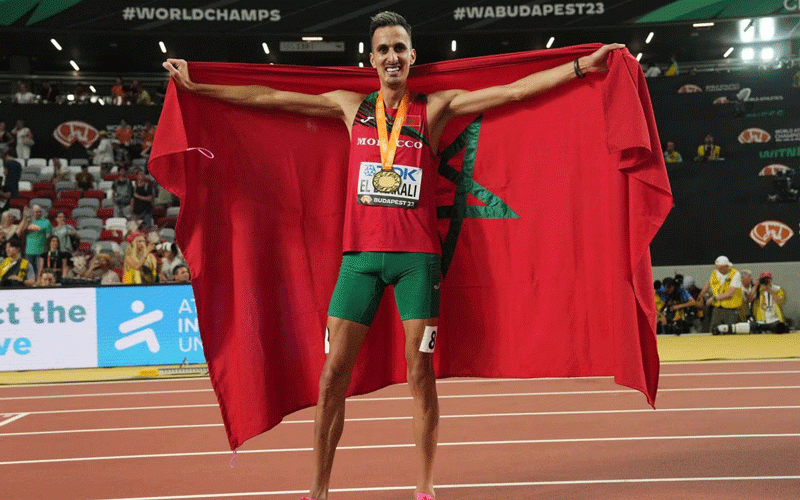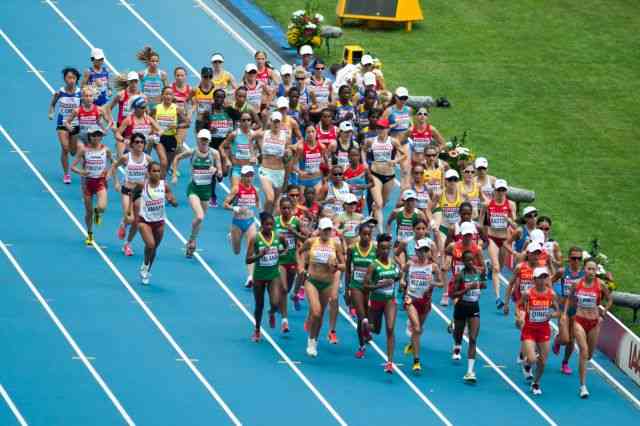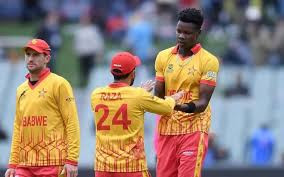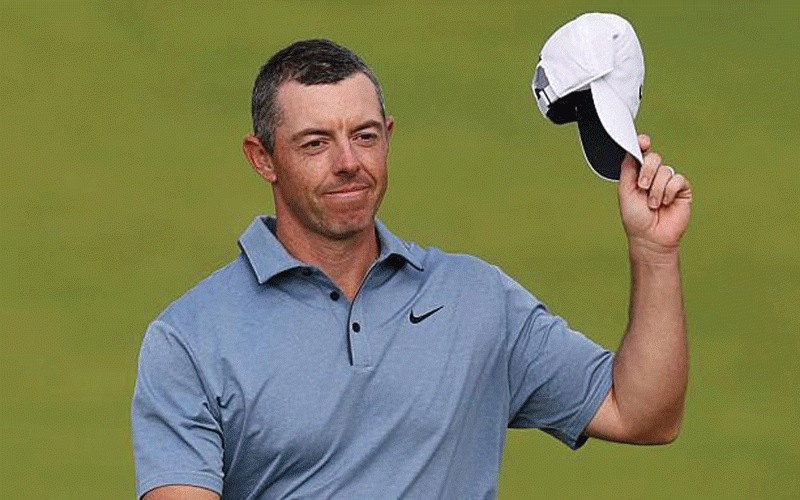
“On your marks”. Those three small words, clearly and loudly announced, silence the crowd. The athletes then proceed to settle in their starting position at the start of the race, focussing hard on what lies ahead, tension in the air. “Set”. The nerves are tight, the concentration intense, the moment of truth. “Bang”, the gun fires and the energy is released as the athletes begin their defining journey, all in the pursuit of something that only one can receive. Only one person can win the race; all the other runners will have failed in their endeavour, their dream, their dogged dramatic goal. That is racing! That is sport! That is life!
The reality therefore is this: as we as coaches, parents, teachers, Heads, friends push our youngsters in particular to win, to succeed, to attain all the glory and glitz that comes with the winning, so we are actually pushing more people to fail — only one wins, the rest all fail. We believe it is good and wholesome to push people to succeed, to drive them on passionately to succeed; however, in doing so, we are more likely pushing them to fail. Only one person wins the race; only one person gets the top job — all other applicants fail. We push people to get A*s and degrees but many often do not get the prize. Many will be disappointed; many more will fail.
In the recent Athletics World Championships held in Tokyo, two athletes had the opportunity to achieve the “Tokyo-Tokyo double” — that is, winning the 2021 Olympics and the 2025 World Championships. Both were heavy favourites. However, one succeeded and the other failed. Mondo Duplantis won his fifth straight global gold and broke his own pole vault world record for the fourteenth time. In contrast, Soufiane El Bakkali, in the 3,000-metre steeplechase, could not outsprint Geordie Beamish who up until then had never won a steeplechase in his life. The favourites do not always win. Both set out to win; both did not win. We aim to win but do not always do so.
It is of paramount importance therefore for coaches and parents to prepare children for failure, all the more so if we push them to succeed; after all, more people will fail than succeed. And everyone one day will fail. In saying that, we are saying that far more importantly, we must equip youngsters with the ability to handle failure and all the thoughts and emotions that go with it.
However, what we also forget to do, even more so than not equip children to know how to handle failure, is to equip our lucky few youngsters to handle success. Success comes at a massive price, especially when we have put such a big emphasis on achieving it, and for many sportspeople, success in one area has ended in failure in another (most often in a more important area). When they have been used to winning and are expected to win, handling failure is tough. Equally though, when we do reach the pinnacle of success, it is difficult to control ourselves at such giddy heights.
Many people have written about the difference between success and failure. Winston Churchill is widely accredited with the wise words of “Success is not final; failure is not fatal. It is the courage to continue that counts”. There is certainly truth in that. John Wooden, the basketball coach who has achieved astonishing results over many years, added to that in saying: “Failure is not fatal but failing to change might be.” Long before that, Rudyard Kipling famously advised (in his poem entitled If) that “If you can meet with triumph and disaster and treat those two imposters just the same” (there is the key to it all) while Edgar Guest in his poem Keep Going wrote that “Success is failure turned inside out, the silver tint of the clouds of doubt”. Success and failure are closely intertwined.
Sadly, many of our youngsters end up only succeeding in failing because we have failed to help them handle success. If we are going to push youngsters to succeed, then we must, without question, teach them how to handle both success and failure. If we do not, then we have failed — and can we handle that? When we say to our children, “take your marks” and then “set” them up, then they must go forward. Our task as parents and coaches is to prepare them for both eventualities (as both eventualities will happen at some stage in everyone’s life). Are they ready for whatever happens? Are they steady? Only then should we let them go with a bang.
- Succeed in failing











